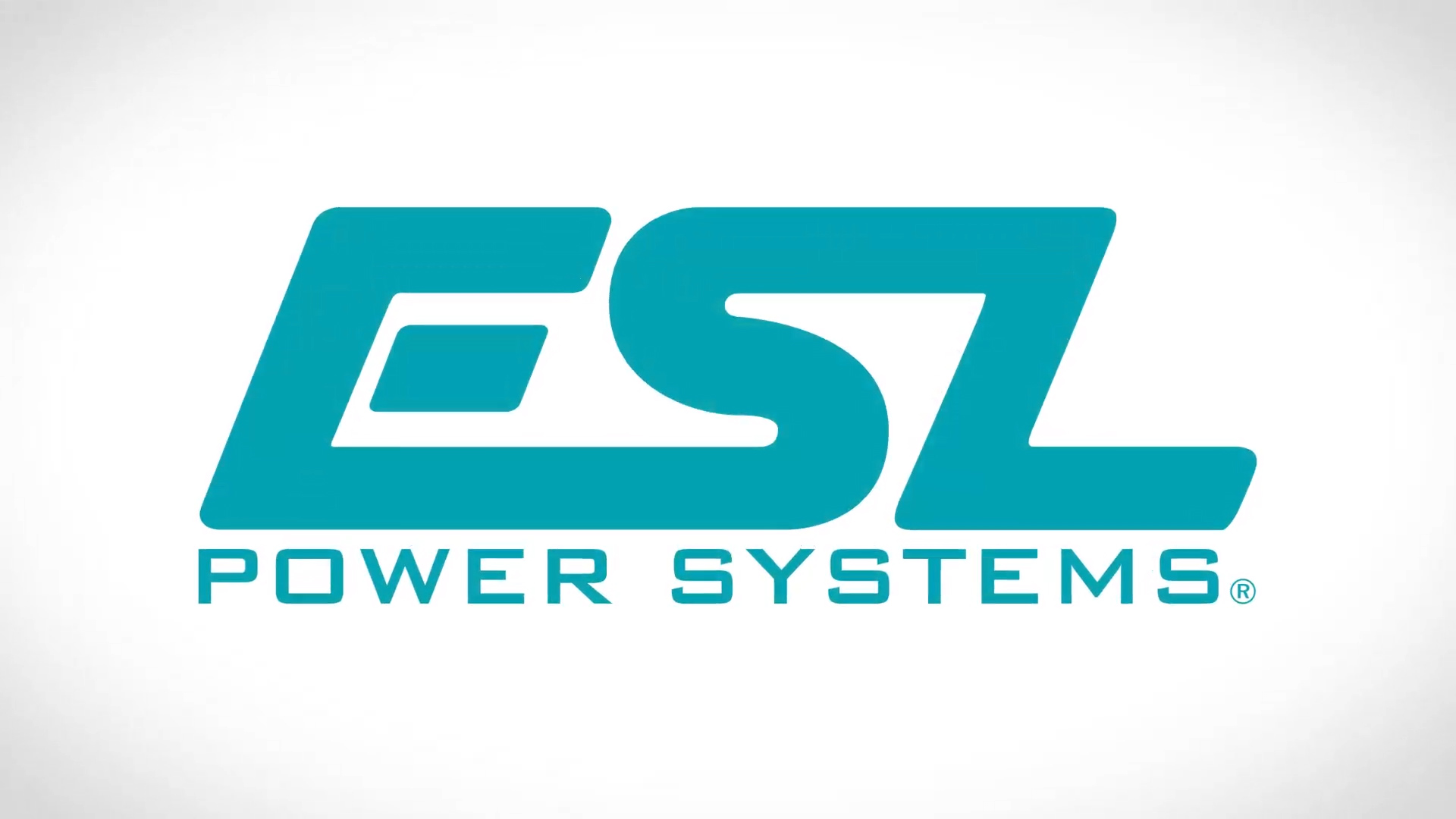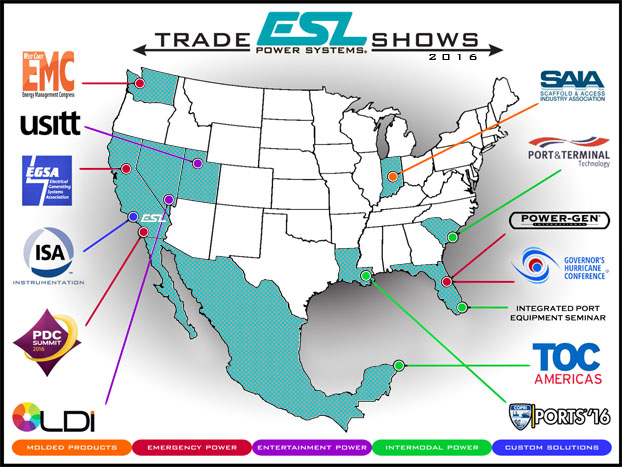On Saturday March 11th, ESL Power Systems, Inc. partnered with Habitat for Humanity, Riverside to contribute to their A Brush With Kindness program. A Brush With Kindness aims to help renovate the homes of local families in need. It focuses on exterior home preservation services such as painting, landscaping, and exterior minor repair services for homeowners who qualify for assistance. We were humbled by our employee turnout and the enthusiasm they displayed while volunteering their time.

On Saturday morning, twenty ESL employees and their family members received safety instructions and direction on how to paint our designated house. We then began unloading the supply truck and, without hesitation, set up our work areas and started tackling different sections of the house. Some of us cleaned walls, some organized supplies, some painted high, some painted low, and some held ladders but everyone was active and working as a team. We were scheduled to paint from 8am until noon but had the entire house painted by 11am. In the hour we had to spare we cleaned and pack up our supplies, helped another group with their house and talked to the home owners while we showed them their refurbished home for the first time. Seeing the looks of joy on the homeowner’s faces was well worth the time and effort.
ESL’s first experience volunteering with Habitat for Humanity ended up being the perfect way to give back to our community while building company morale in the process. Our volunteer team was so excited to help that it made the morning fly by. It just goes to show how much can get done when people focus on a common goal.
To learn more about Habitat for Humanity visit: http://www.habitatriverside.org/.
To read about additional ESL volunteer activities visit: https://blog.eslpwr.com/esl-family-of-companies-walks-for-jdrf/


